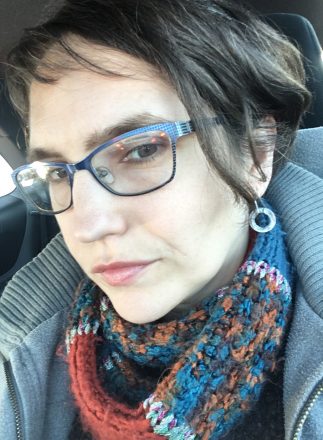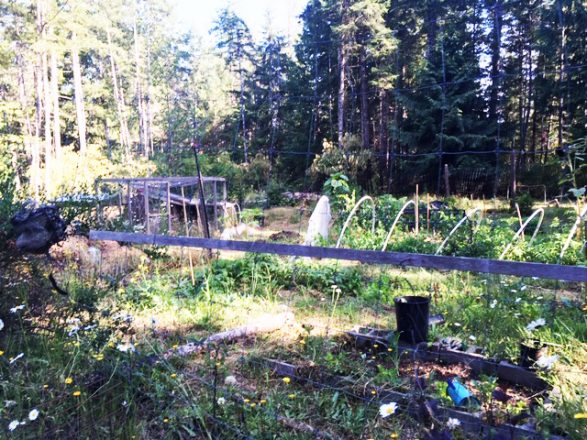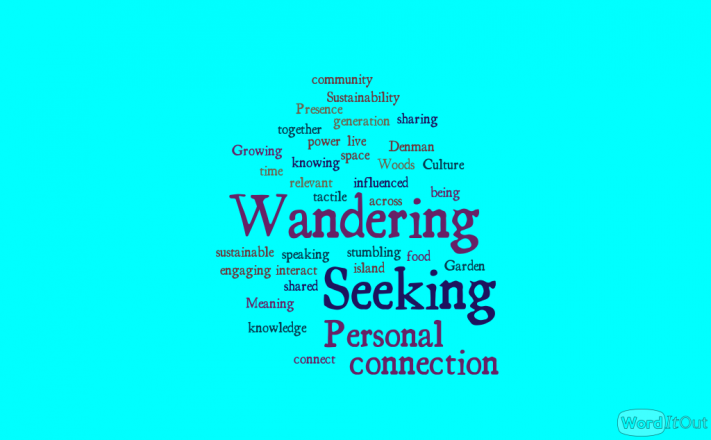What I now know that I didn’t previously:
I am struck by the difficulty researchers/analysts face in trying to ‘quantify’ participant learning journeys (and their successful completion of learning goals) within online environments. Researchers Garrison, Anderson and Archer, in their piece ‘Critical Thinking, Cognitive Presence, and Computer Conferencing in Distance Education’, attempt to conduct content analysis of particuar online learning texts; their work breaks apart the texts into coded elements which are then categorized and counted. I found this methodology probelmatic. The process, as I understand it, anonymizes and ‘fragments’ student interaction, such that it becomes part of a sea of anonymous data. What would be more interesting, it seems, is to track individual student text-based interactions with the course over time, to see how they shift and change, and to look at these change narratives in juxtaposition against the change narratives of others in the course. Still, though, in doing such work, an element of interpretation is needed… the researcher must at the same time take on the roles of scientist and storyteller.
Gaps/discrepancies:
I look forward to building meaning-making opportunities into the learning journey, recognizing these as tied into social landscapes.
Questions:
I love the notion of a ‘triggering event’, and identify (as a learner) with the feeling of being knocked off-centre / invited to come to terms with new and emerging paradigms. As a teacher, the question I pose to myself is – what are some of the best ways to cause this triggering to occur – to incite participants into a real and sustained mindset of critical thinking and self-reflection.
Examples of cognitive presence:
At one time I was a tutor-marker for an online Communications Course called ‘Documentary Communications’. One of the course aims was to enable students to uncover power dynamics at-play in major multi-national corporations by researching their financial statements, board connections, staff composition, etc. When students began to realize the extent to which these companies (like Amazon, Google, Disney, etc.) were interconnected, and to which power was centralized within them, they encountered an opportunity to undertake a ‘triggering event’, and to then integrate their new knowledge into an emerging framework of understanding. Some students were ready to engage with shift this while otherse were not; in any case, it was an interesting challenge to try and enable it.



